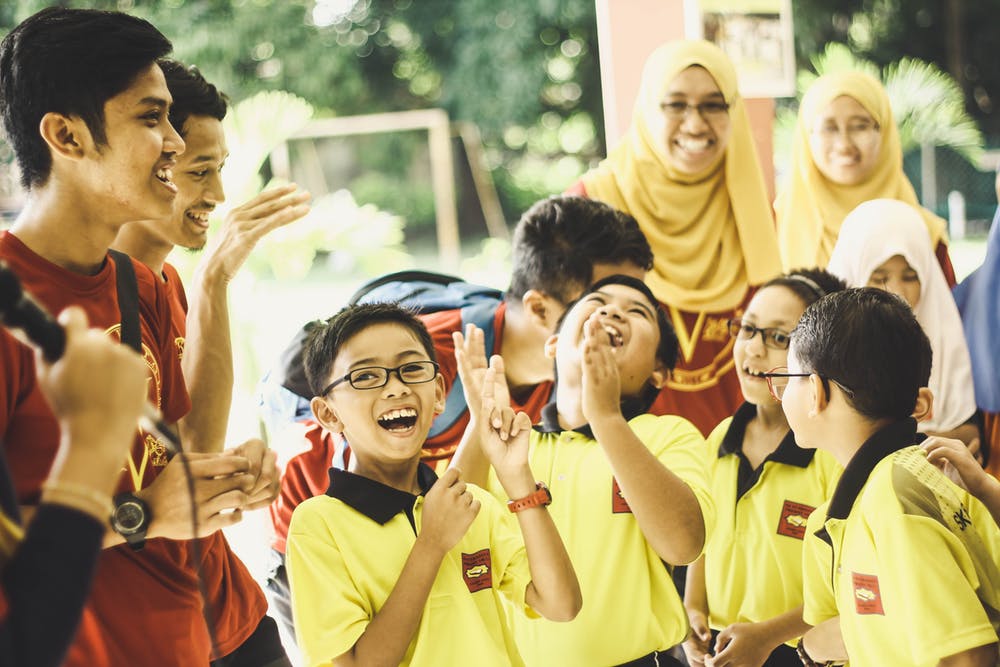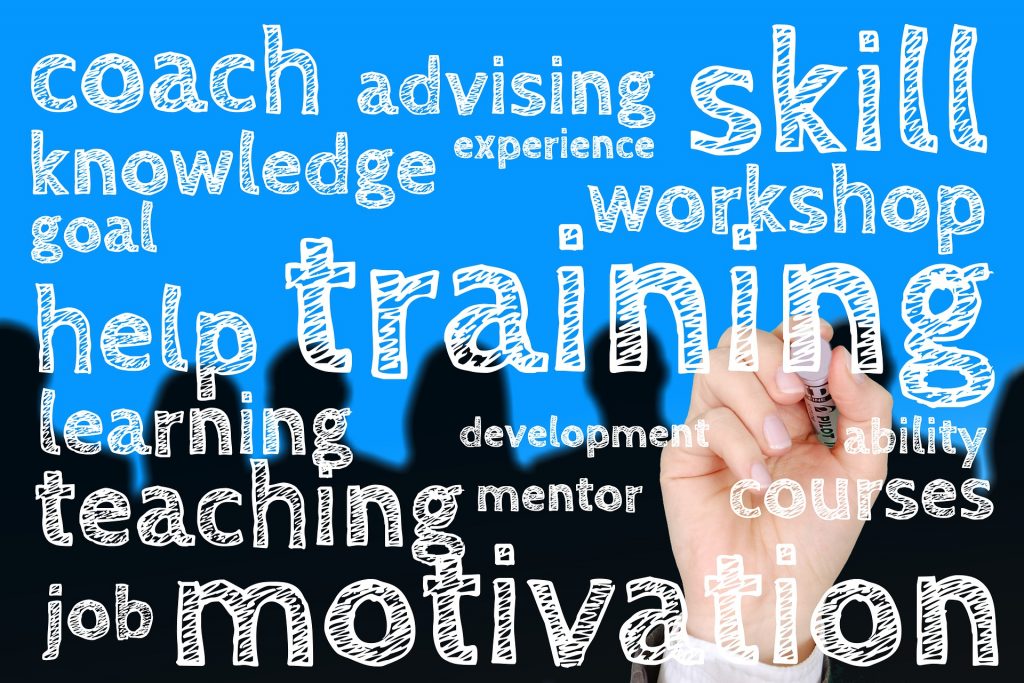Are you looking for genius ways to get students to remain on task? If so, keep reading.
1. Get the student to work with a peer tutor to keep attention to tasks.
2. Get the student to work with a peer who manages time well.
3. Place the student away from those peers who create the most auditory and visual stimulation in the classroom.
4. Provide the student one task to perform at a time . Introduce the next task only when the student has successfully finished the prior task.
5. Let the student have some movement while performing tasks. Observe and limit the amount of movement.
6. Get the student to connect with appropriate staff members (e.g., counselor, nurse, administrator, etc.) about concerns (e.g., home, peer, personal problems, etc.) that interfere with their capacity and ability to remain on-task.
7. Connect with parents to disseminate information about the student’s progress. The parents may reinforce the student at home for staying on-task in the classroom.
8. Give the student a quiet space in which to work where auditory and visual stimuli are reduced. This is used to lessen distracting stimuli, not as a punishment.
9. Get the student to ask themselves questions (e.g., “What’s next?”) to keep themselves focused on tasks/projects.
10. Create a classroom environment that is quiet and tidy (e.g., clean, well-lighted, fresh-smelling, and at a comfortable temperature).
11. Get the student to keep a chart representing the amount of time spent on-task.
12. Teach the student appropriate ways to respond to visual and auditory stimuli in the classroom (e.g., moving to another part of the room, asking others to be quiet, leaving the group, etc.).
13. Assist the student in learning to be happy with their best effort rather than some arbitrary measure of success. Success is measured individually according to capacity and ability levels, and progress of any kind is a measure of success.
14. Place the student so that they experience the least amount of auditory and visual stimuli.
15. Give the student a predetermined signal (e.g., hand signal, oral signal, etc.) when they begin to display off-task behaviors.
16. Get the student to ask for help when they need it.
17. Draft an agreement with the student stipulating what behavior is required (create a sensible duration of time to remain on-task) and which reinforcement will be implemented when the agreement has been met.
18. Plan highly desirable learning activities contingent upon staying on-task a required amount of time (i.e., staying on-task for a required amount of time earns the student the chance to take part in a desirable learning experience ).
19. Give flexibility in scheduling so the student may perform alternative learning activities that result in more successful on-task behavior.
20. Provide visibility to and from the student. The teacher and the student should be able to see each other at all times, making eye contact possible at all times.
21. Consider using assistive technology designed to help students to attention deficit hyperactivity disorder to concentrate. Click here to view list of assistive technology apps that we recommend.











